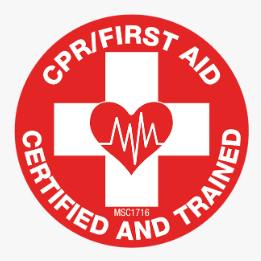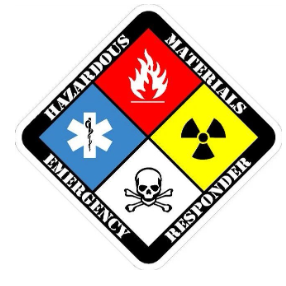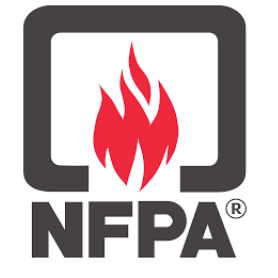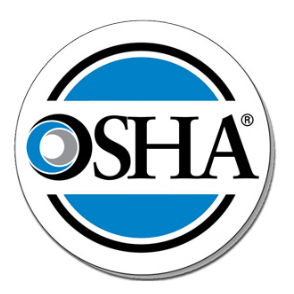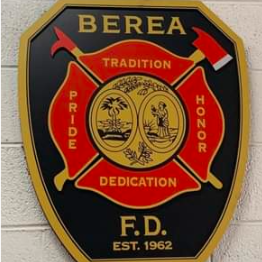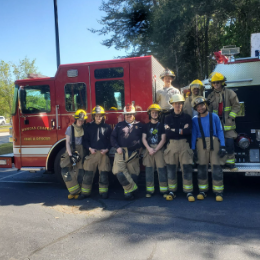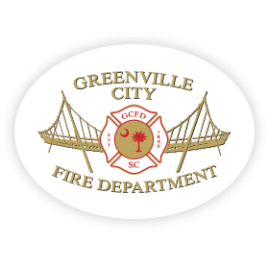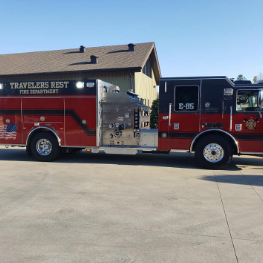Firefighting
Mr. Chad Jones
Firefighting is one of the most rewarding and noble professions. You serve your community, protect property, and help people on their hardest day. This work calls for courage, clear thinking, and fast decisions.
Our Firefighting program is part of the Public Service & Safety Career Cluster and is a cooperative partnership with the South Carolina Fire Academy, the SC Department of Education, and the fire departments of Berea, Duncan Chapel, and Travelers Rest. Students must be 16 years old by October 1 and able to pass a medical exam to enroll.
What you’ll do:
- Train in full turnout gear under timed conditions
- Practice ladder safety
- Participate in live burns
- Learn vehicle extrication and additional core skills
Certifications you can earn:
- Tier 1: OSHA-10
- Tier 2: First Aid/CPR/AED, Firefighter 1, Auto Extraction
- Tier 3: Firefighter 2, HAZMAT
Successful course completion is worth 6–8 credit hours toward a Fire Science Associate’s Degree. Students earn two high school credits each semester and up to eight credits over the two-year program. Credits count as electives toward SC graduation requirements, and one credit may fulfill the CATE/Foreign Language requirement.
Visit us: Are you interested in meeting Mr. Jones and touring our Firefighting lab? After-school tours for prospective students and parents are available in December, January, and February. We’d love to show you the program and answer any questions you may have.
Year One: Building the Foundation
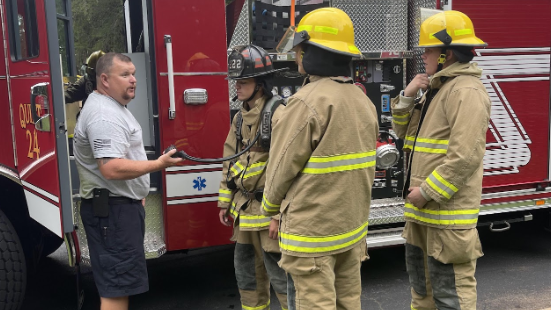
Firefighting 1 & 2 — (AM Session at Enoree)
If you’ve ever pictured yourself stepping up when others step back, the Firefighting program gives you that chance. Year one introduces students to the fire service through a mix of classroom instruction, hands-on labs, and realistic training scenarios designed to build confidence and skill. Open to rising 10th and 11th graders, students must be 16 years old by October 1 to enroll. As part of their commitment to this two-year program, students attend Enoree Career Center during the morning session. Training covers how fire behaves and provides real experience with the tools and techniques firefighters depend on daily—extinguishers, hoses, ladders, SCBA gear, search and rescue, and interior fire attack, all while emphasizing teamwork and safety.
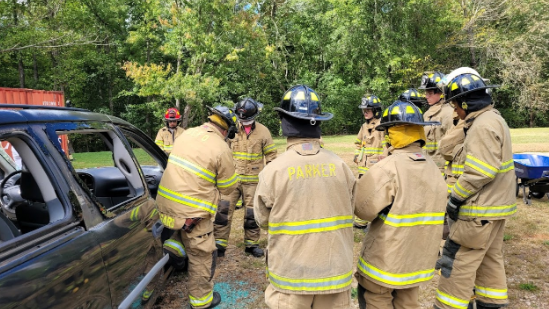
As students advance into Firefighting 2, training becomes even more challenging. You’ll take on live emergency simulations, work on vehicle extrication, and master high-ladder operations—all under the guidance of experienced firefighters. Along the way, students may also gain real-world experience through work-based learning placements with local fire departments, connecting their training to community service.
Together, Firefighting 1 and 2 prepare students to test for Firefighter I and II certifications through the International Fire Service Accreditation Congress (IFSAC), meeting South Carolina Fire Academy standards and providing a clear pathway toward careers in fire service and public safety.
Year Two: Advancing the Skills
Firefighting 3 & 4 — (PM Session at Enoree)
Year two of the Firefighting program builds on the foundation from Year One and challenges students to apply their knowledge in advanced, real-world scenarios. Students continue their training in alignment with South Carolina Fire Academy standards and prepare to test for and earn Firefighter 1 and Firefighter 2 certifications, recognized by both the International Fire Service Accreditation Congress (IFSAC) and the state of South Carolina. Coursework includes building construction, ropes and knots, forcible entry, ventilation, water supply, salvage, overhaul, communications, fire prevention, public fire education, and community risk reduction. Students attend Enoree Career Center during the afternoon session as part of their two-year program commitment.
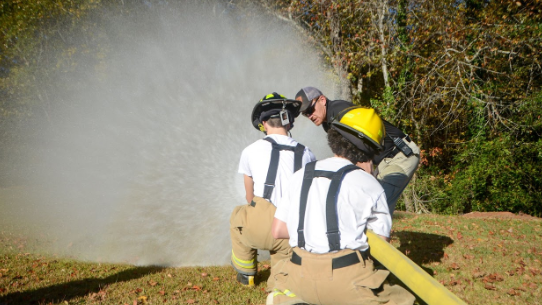
Throughout Firefighting 3 & 4, students are expected to demonstrate mastery of the skills gained during their time in the program and apply those skills across a variety of emergency scenarios. Instruction emphasizes advanced tactics, teamwork, and leadership in high-pressure environments where every decision matters. Students who excel may participate in work-based learning placements with local fire departments, combining classroom instruction with supervised, on-the-job training. These placements provide valuable opportunities to work alongside professional firefighters, gain real-world insight into career pathways, and develop the confidence needed to transition from student to firefighter. Because these experiences take place in active fire service settings, students must also have reliable transportation to participate fully in these activities.
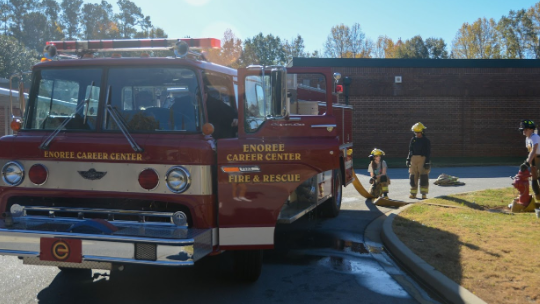
Career Opportunities
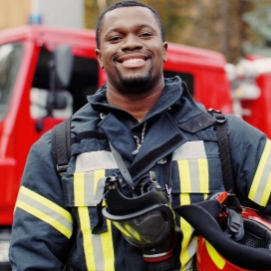
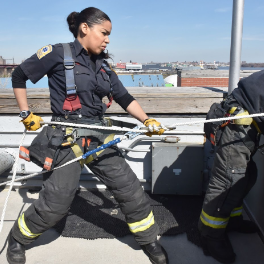
Military Firefighter
As a military firefighter, you’ll have the vital task of protecting people’s lives and property from fire, much like your civilian counterparts. You’ll control and prevent fires, not only in Army structures but also aboard aircraft and ships. You’ll supervise and conduct firefighting, rescue, salvage, and fire protection operations and perform emergency response duties during hazardous materials incidents.
Salary- $56,324 per year on average, or $27.23 per hour
Firefighter
Although Firefighters are primarily known for their work in extinguishing fires, they also offer protection and rescue to citizens during many other types of emergencies. They respond to various emergency calls, including fires, medical emergencies, traffic accidents, hazardous material spills, and natural disasters. Firefighters must also have in-depth knowledge of first aid and CPR methods, skills often used in the field.
Salary- $56,792 per year on average, or $27.30 per hour
Fire Chief
A fire chief serves as the director of the fire department to prevent or minimize injury, loss of life, and property damage. They are responsible for monitoring and directing the activities of the fire department. This responsibility involves ensuring adequate training for all firefighters, monitoring firefighting equipment, and implementing all firefighting policies and procedures according to federal and local laws.
Salary - $69,961 per year on average, or $33.64 per hour
Job Skills & Requirements
Each skill and trade requires a specific skill set to master the content and job tasks. Below are a few critical skills and requirements needed to succeed in the program and throughout a career in this field.
- Communication: These skills can help firefighters complete their duties quickly when they need to follow instructions from their chain of command, share changing conditions of fires, and communicate with patients and victims. Firefighters also use communication skills when giving presentations about fire safety.
- Problem-solving: Firefighters use problem-solving skills to analyze situations and form plans of action quickly. These skills help firefighters recognize potential risks and compare those risks with the benefits of their actions. Firefighters assess fires and building damage to decide the safest way to put out fires quickly, enter buildings and make rescues.
- Physical fitness: Staying physically fit and maintaining their health can improve a firefighter's ability to perform their duties and support their team. This is one of the most important skills a firefighter can have because it helps them complete many of their duties, like directing large pieces of machinery and carrying people.
- Adaptability: Adaptability means changing with circumstances, which is important for emergency responders because they're often the first people at a fire. For example, they may have to adapt to new team members, different roles, or changing social environments to successfully live and work with their team.
- Mechanical aptitude: Understanding how machines work can help firefighters navigate their surroundings during an emergency. For example, some basic auto-mechanical knowledge can help the first responder at the scene of a car accident.
Available Certification Opportunities
(Click logos below for more information)
Local Work-Based Learning Partners
(Click logos below to visit our partners)
NOTE: Credits earned will count as electives needed for the SC high school graduation requirements. One of the credits earned may fulfill the CATE/Foreign Language requirement for SC high school graduation. Most 4-year colleges will NOT accept career center courses as a substitute for the foreign language college admissions requirement.
